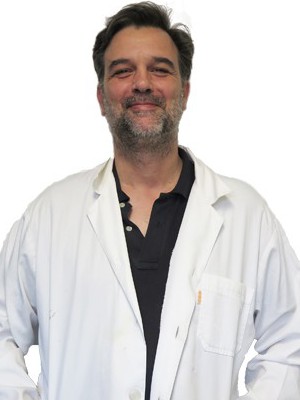resumo
Partition ratios of several ionic compounds in 20 different polymer/polymer aqueous two-phase systems (ATPS) containing 0.15 M NaCl in 0.01 M phosphate buffer, pH 7.4, were determined. The differences between the electrostatic properties of the phases in all the ATPS were estimated from partitioning of the homologous series of dinitrophenylated-amino acids. Also the solvatochromic solvent parameters characterizing the solvent dipolarity/polarizability (pi*), solvent hydrogen-bond donor acidity (a), and solvent hydrogen-bond acceptor basicity (beta) of aqueous media were measured in the coexisting phases of the ATPS. The solute-specific coefficients for the compounds examined were determined by the multiple linear regression analysis using the modified linear solvation energy relationship equation. The minimal number of ATPS necessary for determination of the coefficients was established and 10 ATPS were selected as a reference ATPS set. The solute-specific coefficients values obtained with this reference set of ATPS were used to predict the partition ratios for the compounds in 10 ATPS not included in the reference set. The predicted partition ratios values were compared to those determined experimentally and found to be in good agreement. It is concluded that the presented model of solute-solvent interactions as the driving force for solute partitioning in polymer/polymer ATPS describes experimental observations with 90-95% accuracy. (C) 2012 Elsevier B.V. All rights reserved.
palavras-chave
SOLVATION ENERGY RELATIONSHIP; SOLVENT PROPERTIES; METHYLENE GROUP; PHASES
categoria
Biochemistry & Molecular Biology; Chemistry
autores
Madeira, PP; Bessa, A; de Banos, DPC; Teixeira, MA; Alvares-Ribeiro, L; Aires-Barros, MR; Rodrigues, AE; Chait, A; Zaslavsky, BY
nossos autores
agradecimentos
Financial support for this work was in part provided by National Research grant PTDC/EQU-EQU/112812/2009 for which the authors are thankful. A. Bessa acknowledges the scholarship within the Project PTDC/EQU-EQU/112812/2009 from Fundacao para a Ciencia e a Tecnologia (FCT). P.P. Madeira acknowledges the financial support (grant SFRH/BPD/45055/2008) from FCT.


